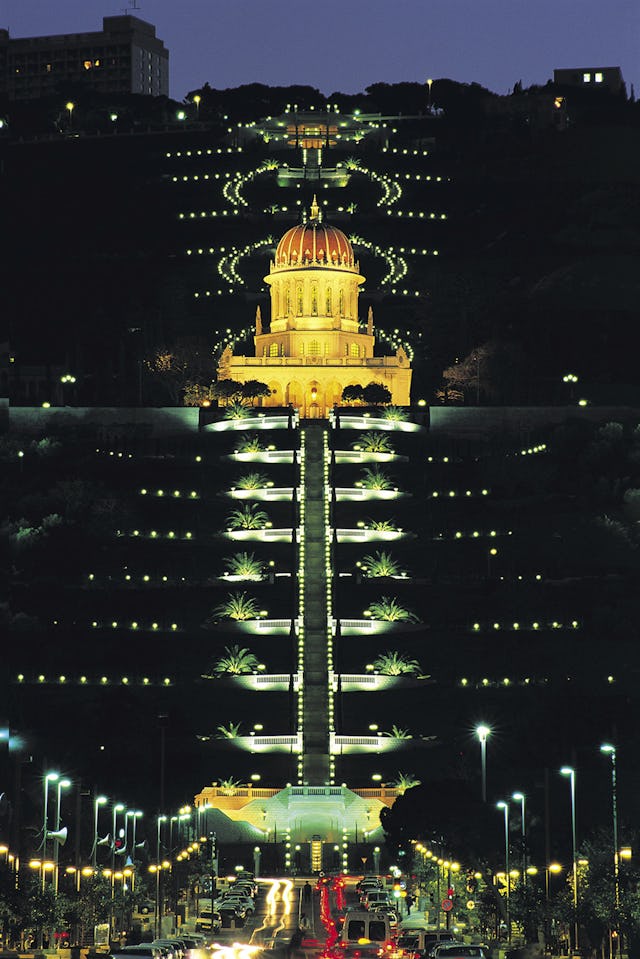Baha’i shrines chosen as World Heritage sites | BWNS (original) (raw)
July 8, 2008
Share
QUEBEC CITY, Canada — A United Nations committee meeting here has determined that two Baha'i shrines in Israel possess "outstanding universal value" and should be considered as part of the cultural heritage of humanity.
The decision today by the UNESCO World Heritage Committee means that the two most sacred sites for Baha'is - the resting places of the founders of their religion - join a list of internationally recognized sites like the Great Wall of China, the Pyramids, the Taj Mahal, and Stonehenge.
The World Heritage List also includes places of global religious significance like the Vatican, the Old City of Jerusalem, and the remains of the recently destroyed Bamiyan Buddhist statues in Afghanistan.
The Baha'i shrines are the first sites connected with a religious tradition born in modern times to be added to the list, which is maintained by UNESCO, the United Nations Educational, Scientific and Cultural Organization.
The two shrines, one near the recognized heritage site of Old Acre on Israel's northern coast and the other on Mount Carmel in Haifa, are the resting places of Baha'u'llah and the Bab, the founders of the Baha'i Faith.
Baha'is believe that both Baha'u'llah and the Bab were messengers of God; their resting places are sites of pilgrimage for a religious community of some five million believers. The shrine of Baha'u'llah is the focal point of prayer for Baha'is all over the world, giving it an importance comparable to the Western Wall in Jerusalem for Jews and the Kaaba in Mecca for Muslims.
Born in Iran, Baha'u'llah was banished to Acre in what was then the Ottoman Empire, where he died in 1892. The Bab was executed in Iran in 1850, and His remains were later moved to Haifa for burial.
The two shrines are noteworthy for the formal gardens that surround them, blending design elements from many cultures. In addition to Baha'i pilgrims, they attract hundreds of thousands of visitors and tourists every year.
"We welcome the UNESCO recognition, which highlights the importance of the holy places of a religion that in 150 years has gone from a small group found only in the Middle East to a worldwide community with followers in virtually every country," said Albert Lincoln, secretary-general of the Baha'i International Community.
"The Baha'i community is particularly grateful to the government of Israel for putting forward this nomination," he said.
The World Heritage List was established by UNESCO in 1972 to identify, protect, and preserve places of "cultural and natural heritage of outstanding universal value." So far, 184 nations have signed the World Heritage Convention, which defines the general standards of selection for the list, and more than 850 sites have been recognized, including natural areas, such as East Africa's Serengeti and Australia's Great Barrier Reef.
The World Heritage Committee is composed of 21 states that are signatories of the World Heritage Convention. It meets annually in the home country of its chairperson. This year's chair is Dr. Christina Cameron of Canada, and the gathering in Quebec, which is itself a world heritage site, corresponds with that city's 400th anniversary celebrations.
